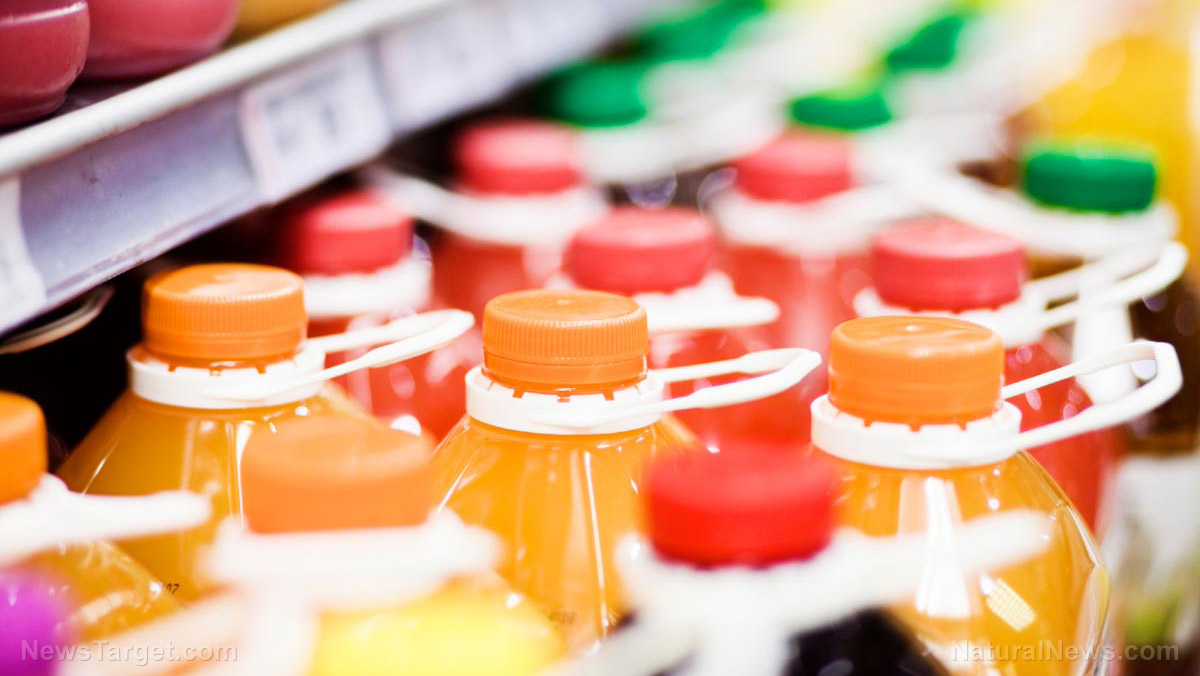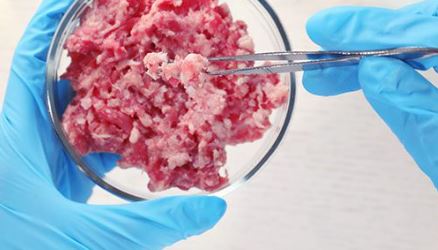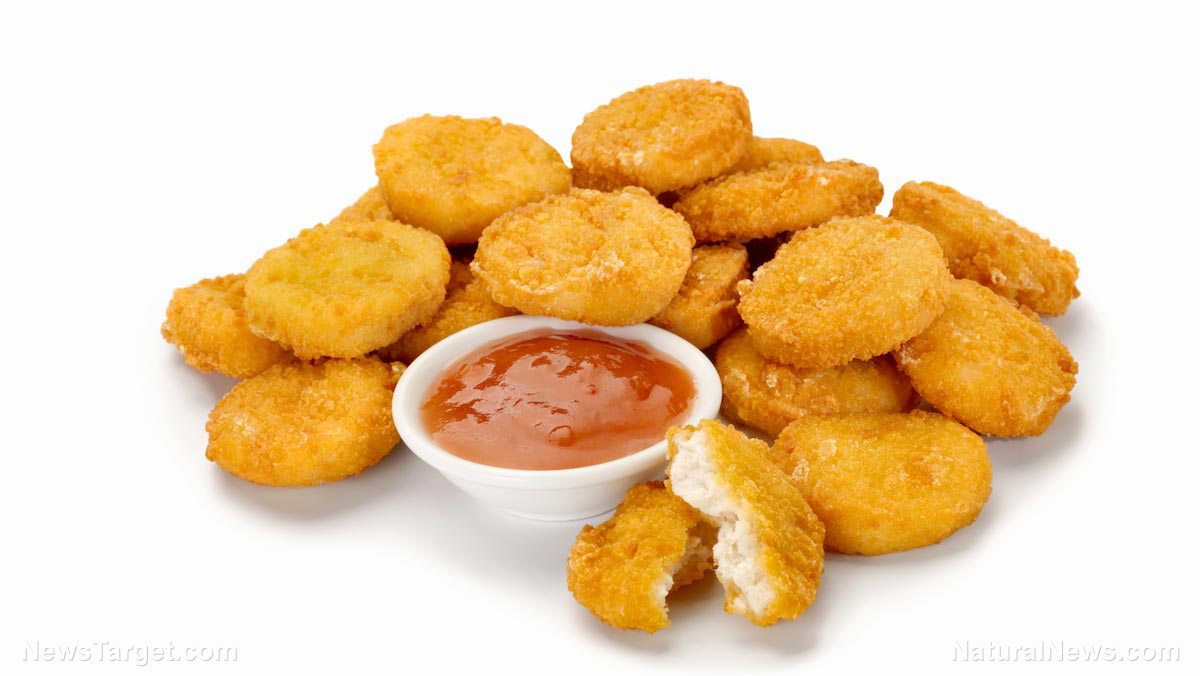Prevent FOOD CONTAMINATION and food poisoning with these simple steps
06/16/2023 / By Olivia Cook

The prospect of food becoming contaminated is a worrisome scenario. Pathogens that land on food can cause food poisoning that requires medical attention. These pathogens touch food items in more ways than one.
According to the U.S. Centers for Disease Control and Prevention (CDC), harmful pathogens are responsible for at least 250 food-borne diseases. Based on its estimates, 48 million people get sick from food poisoning. Around 128,000 are hospitalized and 3,000 die due to consuming food contaminated by harmful microorganisms.
However, food poisoning is highly preventable. Here are some simple steps to follow that work equally well in ordinary times and when things go south.
Exercise caution when handling raw food
Raw foods contain various microorganisms, both beneficial and harmful. Avoid mixing raw food items with fresh food in both shopping carts and shopping bags. This segregation should also be continued when raw foods are stored in the refrigerator. They should be kept separate from both foods to be eaten that require no cooking and frozen foods that are thawing well.
Wash hands and other utensils properly
Handwashing with soap and water is especially important, especially for individuals who handle food regularly, to avoid contamination. But this should not only be limited to hands – cutting boards, dishes and other implements used in food preparation must also be washed after use. Surfaces should also be cleaned and disinfected after preparing food as they can serve as breeding grounds for harmful bacteria that can contaminate subsequent food items.
Avoid dirt
Dirt from outside often contains pathogens, and anyone that touches it should clean up prior to eating. This also extends to pets; some animals are known carriers of certain types of bacteria. In an ideal situation, pets should not be allowed near areas where food is prepared.
Be wary of environments that promote the growth of pathogens
Bacteria reproduce rapidly at room temperature and in places where there is moisture. Ensure proper ventilation in locations where food is prepared so that air circulates. Wipe down wet areas to deprive pathogens of moisture conducive to them. (Related: Food safety tips: 6 Ways to avoid bacterial infection at home.)
Watch out for cross-contamination
Cross-contamination pertains to the process of disease-causing bacteria from food hopping on to a clean surface. Some examples include putting cooked food back on a plate previous used to hold raw food, and cutting vegetables or fruit on a cutting board previously used to cut meat. Washing chicken before cooking is another example of cross-contamination, as the process splatters Campylobacter and Salmonella bacteria on kitchen counters.
Who is at higher risk of food poisoning from contaminated food?
The CDC notes that while anyone can get food poisoning, certain groups of people are more likely to experience serious illness.
- Adults aged 65 and older: Older adults have a less robust immune system compared to when they were younger. Nearly half of people aged 65 and older that have a lab-confirmed food-borne illness are hospitalized.
- Children younger than five years old: The immune systems of children at this age are still developing, so their body’s ability to fight germs and sickness isn’t as strong. Food poisoning can be particularly dangerous for them because illness can lead to diarrhea and dehydration.
- People with weakened immune systems: Those with weakened immune systems due to pre-existing diseases or treatments such as chemotherapy or radiation therapy cannot fight pathogens effectively. In one example, people undergoing dialysis are 50 times more likely to contract Listeria, a food-borne bacteria.
- Pregnant women: They are more likely than other people to get sick from certain germs that can also compromise the health of the child they carry. For example, pregnant women are 10 times more likely to get infected by Listeria.
Visit CleanFoodWatch.com for more stories about food safety.
Watch the following video to learn how to stop contamination so it doesn’t come back.
This video is from the Daily Videos channel on Brighteon.com.
More related stories:
Clorox recalls Pine-Sol products due to bacterial contamination.
Exposed toothbrushes risk unhealthy bacterial and vital contamination.
Food safety review: Experts review the risks of different foods.
Sources include:
Submit a correction >>
Tagged Under:
clean food watch, contamination, Cross Contamination, food contamination, food poisoning, food preparation, food safety, food science, Food storage, food supply, homesteading, pathogens, prevention, stop eating poison, tips
This article may contain statements that reflect the opinion of the author
RECENT NEWS & ARTICLES
StopEatingPoison.com is a fact-based public education website published by Stop Eating Poison Features, LLC.
All content copyright © 2018 by Stop Eating Poison Features, LLC.
Contact Us with Tips or Corrections
All trademarks, registered trademarks and servicemarks mentioned on this site are the property of their respective owners.


















